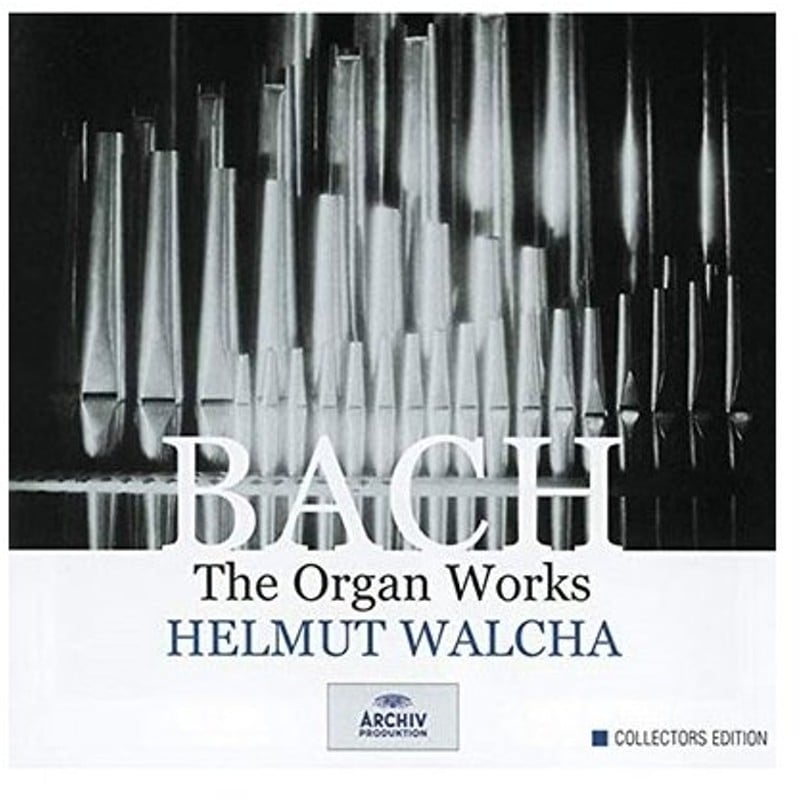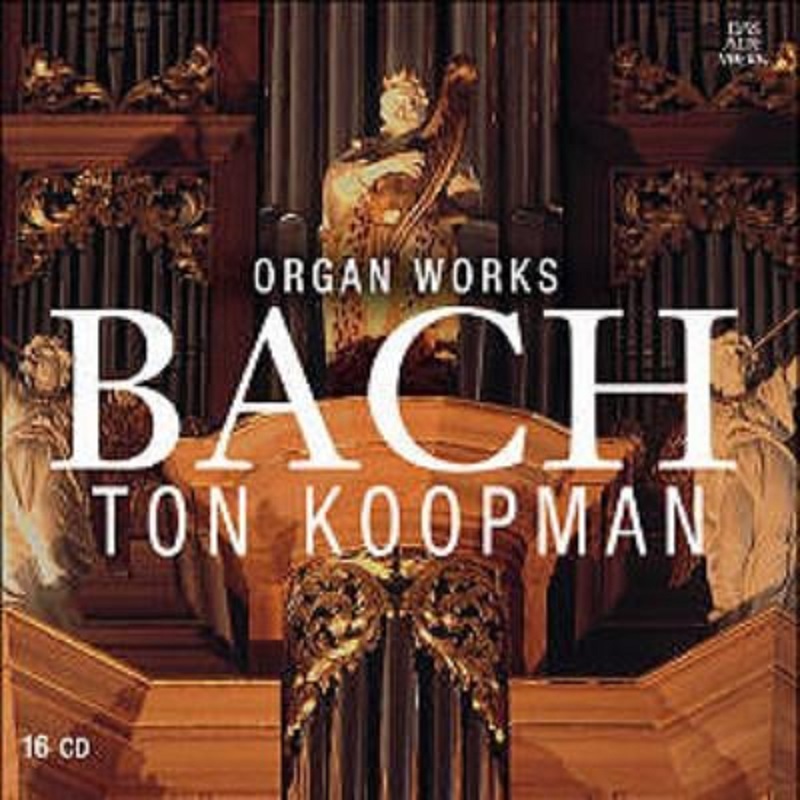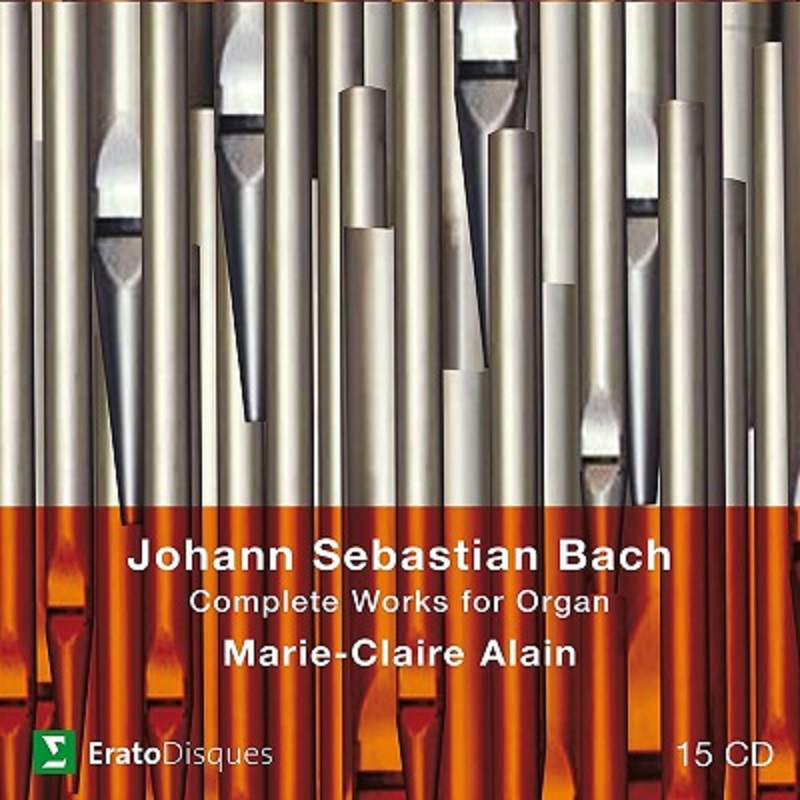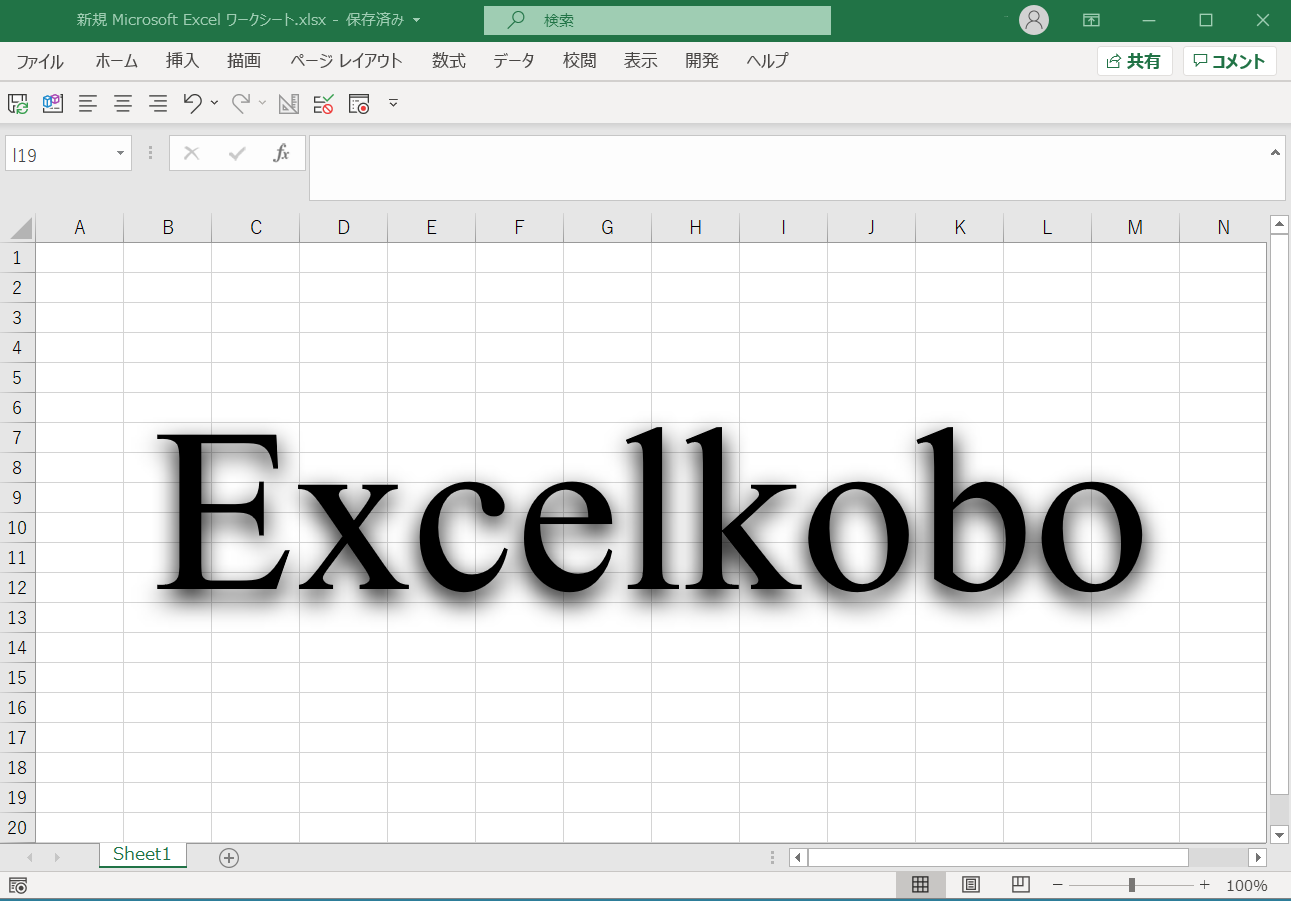Bach:German Organ Mass / Helmut Walcha, Ton Koopman, Marie-Claire Alain and others
The third volume of the four Clavier Exercises that Bach published at his own expense before his death is the “German Organ Mass”. It was modeled after the French organ schools of Francois Couperin and Nicolas de Grigny. This is a miraculous work in which symbolism through motifs and numbers, unique to Bach’s music, can be seen throughout and blends perfectly with the music. The collection usually consists of the prelude of the grand prelude and fugue in E-flat major, followed by a total of 21 Kyries or chorale preludes, and then four duets. The collection concludes with the fugue of preludes and fugue in E-flat major. However, there is no problem if the prelude and fugue are played in succession, and I have heard such a performance. The “German Organ Mass” is numbered in the catalog of Bach’s works (BWV) as BWV 552, BWV 669 to BWV 689, and BWV 802 to BWV 805. The first piece, Prelude and Fugue in E-flat major (BWV552), is one of my favorite organ works by Bach. Helmut Walcha’s performance was fast-paced, with emphasis on the dotted notes, and the voices came out clearly. The recording technique of Deutsche Grammophon shines through in this performance. Talking about Ton Koopman the tempo is a little slow and the dotted notes are not emphasized as much as they should be, which may be a good choice for the church and the organ used. Marie-Claire Alain’s performance is meticulous and precise, but there is some distortion in the recording. The tempo is close to that of Walcha’s performance. In Masaaki Suzuki’s recording, the original chorale is inserted between the pieces in the form of organ accompaniment. In the final fugue, three themes are presented one after the other, but the first theme is combined with the second and third themes in a different rhythmic form. The entire collection is symbolized by the number “3”, which represents the “Trinity”. #baroque #bach #mass #片山俊幸





